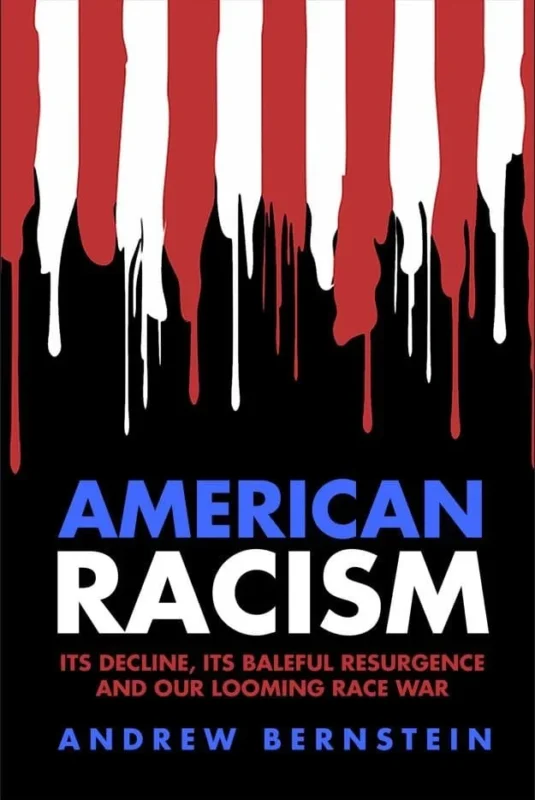What will happen if calling Tuesday’s attack an “act of war” ends up being more than an evocative metaphor? What if it really turns out to be just the first battle in a prolonged global conflict? What if it turns out to be — not to be overly dramatic here, folks, but here goes… World War III?
Well, if it turns out to be the kind of World War III that we feared all during the Cold War era, then we might as well not even worry about it. You won’t wake up one morning to learn that there’s been a nuclear war, because you won’t wake up that morning.
So let’s consider what might happen in the economy and the markets if it turns out to be a bloody and protracted battle with conventional weapons, but one that nonetheless inflicts important economic and human costs on the United States — including the costs of further attacks to our homeland. Think of it somewhat like World War II, but with television.
World War II began after a decade of horrible financial contraction on a global basis. In the United States, the S&P 500 was trading as low as 10.75 when Hitler invaded Poland in September, 1939. It had peaked at 31.82 at the height of the roaring 20s exactly one decade earlier. For what it’s worth, in percentage terms it stood in 1939 in relation to the 1929 top almost precisely as the NASDAQ stands today in relation to its 2000 top.
The reaction to the invasion of Poland was very positive at first, with the S&P gaining 16.4% during September. The sentiment was that the US would grow rich on Europe’s problems, selling them materiel at fat wartime prices while sitting out the war an ocean away.
But less than a year later it was clear that things in Europe had become very serious and very ominous, and that the US would not be profiteering, but instead would have to end up making significant contributions. The S&P fell 24% in a single month — May, 1940 — just before France fell to Hitler.
The market traded in a range for the next year or so — but was then jolted into a breakdown through the bottom of the range in December, 1941, when Japan bombed Pearl Harbor.
S&P 500 during World War II – Monthly from January 1938 to December 1945

April, 1942, proved to be the bottom for the stock market. The turning point was symbolized by Jimmy Doolittle’s bombing of Tokyo and Yokohama. There were tragic setbacks in the Pacific and in Europe after that, but the market was looking ahead to Midway and D-Day — and eventually VE-Day and VJ-Day.
By the end of World War II in August, 1945, the S&P had risen 38.68% from where it had stood exactly six years earlier, just before Hitler invaded Poland.
If you’d jumped in the moment the dogs of war had started baying, you would have had some pretty steep unrealized losses while you waited for the fate of the world to be determined. But when it was all over, your 38.68% wouldn’t have been too bad — after the losses of the Crash of 1929 and the Great Depression, you’d think you’d won the lottery.
But what if you’d played it just perfectly, and bought in right at the bottom in April, 1942 with bombs over Tokyo? You’d have made 67.36% — almost twice the return in just half the time. And no significant draw-downs along the way, either.
The Gulf War in 1990 and 1991 tells a similar strategic story for investors. Don’t buy when the bad guys take their first shot — wait till Uncle Sam starts dropping bombs.
S&P 500 during the Gulf War – Daily from July 1 1990 to February 28 1991

As with any history lesson, applying what you think you’ve learned to the present is tricky. But the basic story is clear. War — as tragic as it is — is human action that generates economic opportunity. But you just want to wait until you’re really sure that the costs and timing are understood, and that we’re going to win.
I have no doubt that we will win. That’s the easy part. The costs and the timing are the hard part.
The views expressed within represent those of the author, and do not necessarily reflect those of Capitalism Magazine’s publishers.









